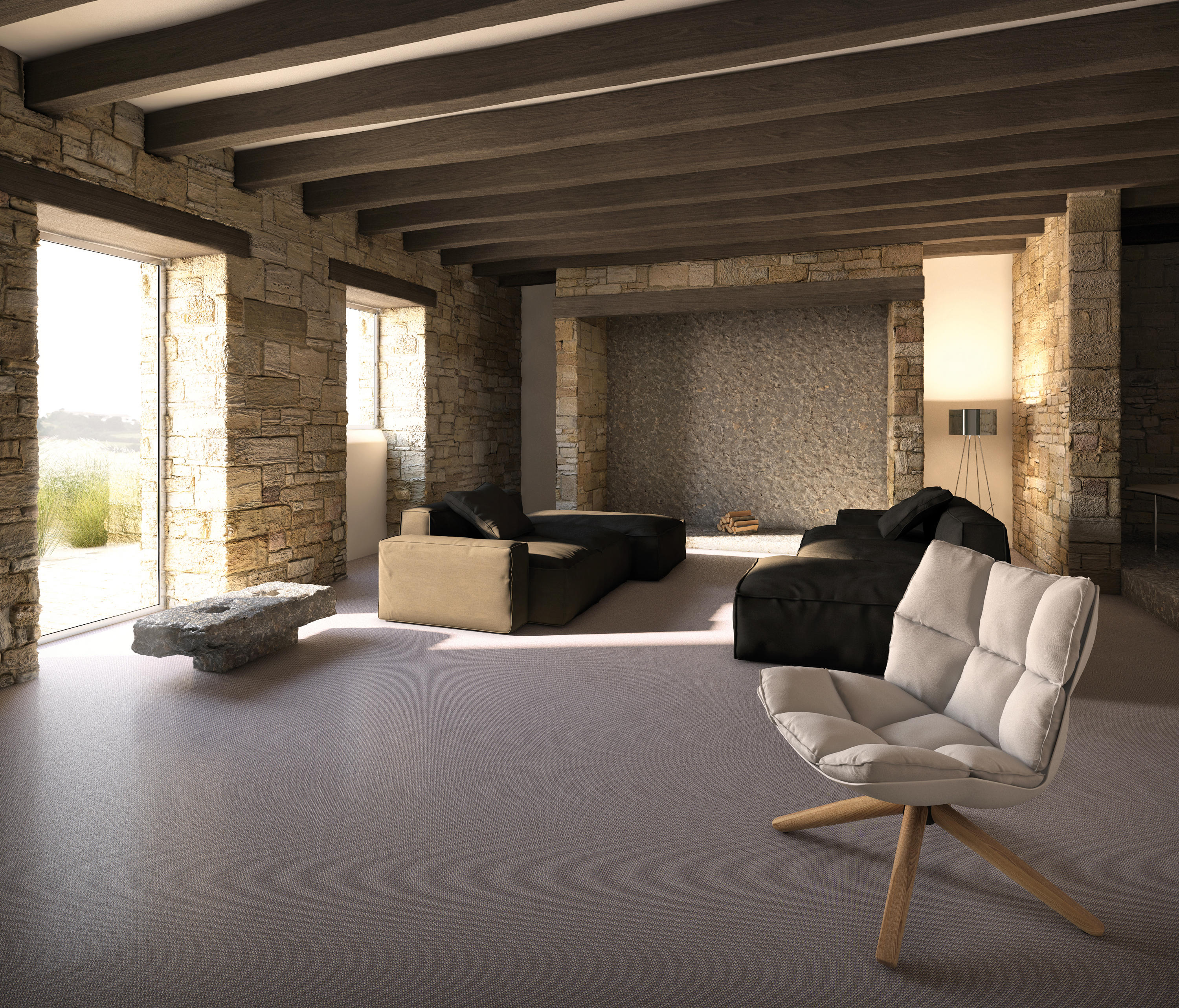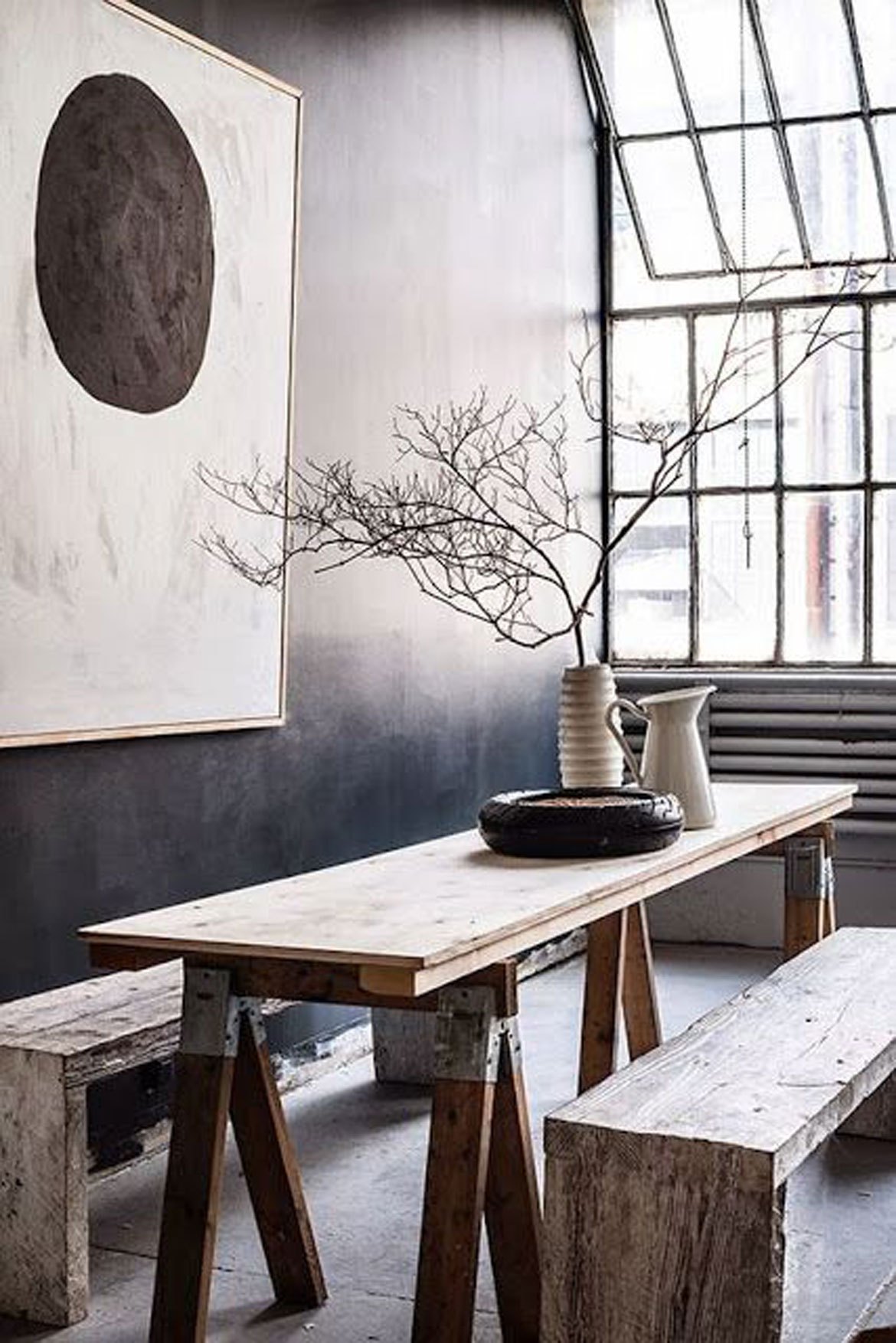Table Of Content
- Natural Textures are a Must for a Wabi Sabi Design Style
- Key Characteristics of Wabi-Sabi Interior Design
- Core Principles of Wabi Sabi Interior Design
- Wabi-Sabi Style vs. Japandi Style
- of the Best Vanity Lights Available for a Bright and Light Bathroom
- Wabi Sabi Style Bedroom
- How can I incorporate Wabi Sabi design in my living room?

With its ability to set a calming atmosphere that provides quiet from the outside world, this trend is appealing for its restorative appeal. 'Neutral tones create a calm and harmonious atmosphere, allowing the natural beauty of materials and forms to take center stage,' agrees Niko Rasides, Design Director at Nicholas Anthony. Yes, your home can be spotless and show restraint, but the furniture and decor can have an sense of charm (in this case, a small crack or patinated finish) in its outward beauty.
Natural Textures are a Must for a Wabi Sabi Design Style

Pick uplifting natural tones, stone or concrete countertops, and handmade decor like ceramic soap holders. This helps in creating a warm and comfortable space, akin to the feeling of a home that has been ‘lived in’. For example, if you want to incorporate the Wabi-Sabi philosophy in your living room, add some blankets and pillows to bring about a feeling of warmth. When adopting the aesthetic, it is important to choose specific interior decor pieces, on the basis of how one wants to live their life. One end of this abstract wood table boasts a single stump for support, while the other is upheld by antler-esque legs. It’s a splurge at over $900, but it’s the kind of table that will be perfect for hosting dinner parties, crafting, and working from home with plenty of space.
Key Characteristics of Wabi-Sabi Interior Design
We can implement wabi-sabi by complementing the wall colors and its aged patches with appropriately colored furniture. This shows how the same philosophy of wabi-sabi incompleteness can affect the value of a product. Although the wabi and sabi concepts are religious in origin, actual usage of the words in Japanese is often quite casual, in keeping with the syncretic nature of Japanese belief. The way you view things tells your evolution journey and shapes your character as circumstances change. Those pictures in your DSLR, memory cards and mobile phones do not have to live there.
Eight interiors that embrace the principles of wabi-sabi - Dezeen
Eight interiors that embrace the principles of wabi-sabi.
Posted: Sat, 22 Jul 2023 07:00:00 GMT [source]
Core Principles of Wabi Sabi Interior Design
'An effortless way to incorporate these ideas into your home decor is through handmade items. Handmade ceramics or carved trinkets tell a story and celebrate the beauty of flaws in a way something produced in a factory never could,' says Kara Piepmeyer of Studio Kosma. When it comes to storage ideas for this design trend, experts say that open storage is more favored due to its transparent nature of having meaningful items on show. While you may have heard of wabi-sabi cropping up recently in the world of interior design, wabi-sabi is certainly nothing new and dates back to a traditional Japanese worldview. A principle that is all about celebrating the beauty of imperfection and the natural world, wabi-sabi is known for its simplistic approach to not only design but as a wider ethos.
The final principle in this design concept, “nothing is perfect,” challenges our conventional understanding of beauty. This could be a crack in a teacup, the uneven grain of a wooden table, or the asymmetrical shape of a handmade pot. By embracing these imperfections, we can find beauty everywhere, even in the ordinary and the overlooked. Drawing inspiration from Zen Buddhism, the Wabi-Sabi aesthetic appreciates transient beauty, weathered patinas, and irregular forms. Where Western sensibilities may hide or fix imperfections, Wabi-Sabi highlights and honors them. There is an acceptance of natural deterioration and a celebration of authenticity.
Wabi-Sabi Style vs. Japandi Style
I have also curated an informative read on brightening dark rooms which you can refer to before your styling. Today, Wabi Sabi has become a global trend, embraced by designers and artists around the world. Its influence can be seen in everything from interior design to fashion to literature, and its timeless principles continue to inspire people to find beauty in imperfection and simplicity. It helps us see the charm in the aged and the worn, the uneven and the rough.
Think of furniture made from natural wood or metal, bedding made from linen or cotton, and decor items that reflect the natural world. Bamboo, cotton, and linen are all wonderful natural fabrics that beautifully suit a Wabi Sabi bedroom design. This is the latest in our lookbooks series, which provides visual inspiration from Dezeen's archive. For more inspiration see previous lookbooks featuring Japandi living rooms, bedrooms with earthy colour palettes and calming organic-modern interiors. In this lookbook, we collect eight interiors informed by the Japanese design philosophy of wabi-sabi, which celebrates imperfection and impermanence.
Since Mahayana philosophy predicates that genuine understanding is reached through experience rather than words, wabi-sabi may best be appreciated non-verbally. Furniture that is not materialistic but useful serves the Wabi-sabi interest best. In a nutshell, you can use raw textures with empty characteristics for the purpose. Further, you can develop the look on new furniture instead of buying expensive antiques.
How can I incorporate Wabi Sabi design in my living room?
The marks of use on salvaged or antique furniture add depth, character, and intimate beauty to living spaces. Their worn patinas connect us to the essence of an object’s history and the transcendent passage of time. The furniture in a Wabi Sabi living room should have clean lines and minimal ornamentation.
Do you have cracks in your stoneware pottery, and a jute rug with slightly frayed edges? That’s wabi-sabi; do you yearn for an antique wood stool, or a coffee table that’s a slab of stone? This interior design concept’s love for natural materials inherently supports sustainability. Materials like wood, stone, and clay are renewable and have less of an impact on the environment compared to man-made materials like plastic. Design elements are chosen to reflect their natural state, embodying a sense of simplicity and raw imperfection. Washed linens stand out for their ability to augment the beauty of Wabi Sabi design, contributing to a cozy and welcoming ambiance.
"Let it be a reminder to you that nothing in life is perfect and that is perfectly okay." The home’s only bathroom is wabi-sabi to a tee with a vintage clawfoot tub that’s unfinished on the outside and aged brass plumbing fixtures that have begun to patina. The plywood cabinets are repeated in this space with circular holes in lieu of traditional hardware and a tile accent wall adds subtle pattern.
What is the Japanese 'wabi-sabi' aesthetic actually about? 'Miserable tea' and loneliness, for starters - The Conversation Indonesia
What is the Japanese 'wabi-sabi' aesthetic actually about? 'Miserable tea' and loneliness, for starters.
Posted: Tue, 12 Mar 2024 07:00:00 GMT [source]
Originating from tea ceremonies in sixteenth-century Japan, Wabi Sabi is a worldview that emphasizes simplicity, natural materials, and the beauty of imperfection. Wabi Sabi was popularized by tea master Sen no Rikyu, who believed that the essence of the tea ceremony was not in the tea itself, but in the atmosphere created by the tea room and the objects within it. Wabi-sabi leads the way, highlighting imperfection, organic shapes, and a natural ambiance. In Wabi-Sabi interiors, salvaged antique wood furniture often takes center stage, cherished for its visible imperfections.
The imperfections of the wood, such as knots, cracks, and irregular edges, are highlights, not flaws. They exhibit the unique history of the material and eschew uniform perfection. The irregular contours of an organic tree slab table, for instance, promote simplicity and bring an authentic touch of nature into a space. In this way, Wabi-Sabi finds elegance in imperfection through its reliance on the inherent beauty of natural forms. Incorporate Wabi Sabi design in your living room by using natural materials like wood and stone, clean-lined furniture, and a calming color scheme of muted earth tones.

No comments:
Post a Comment